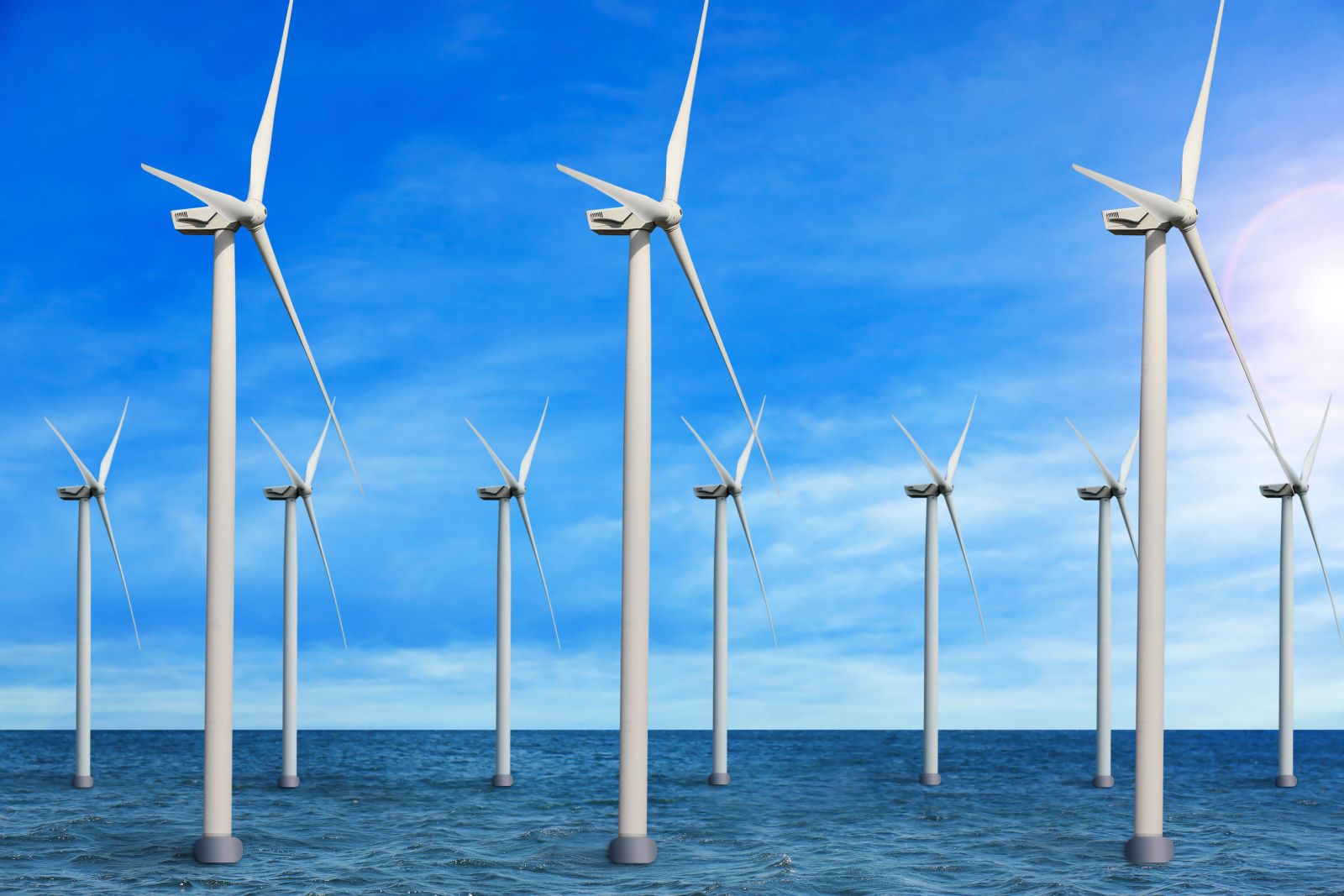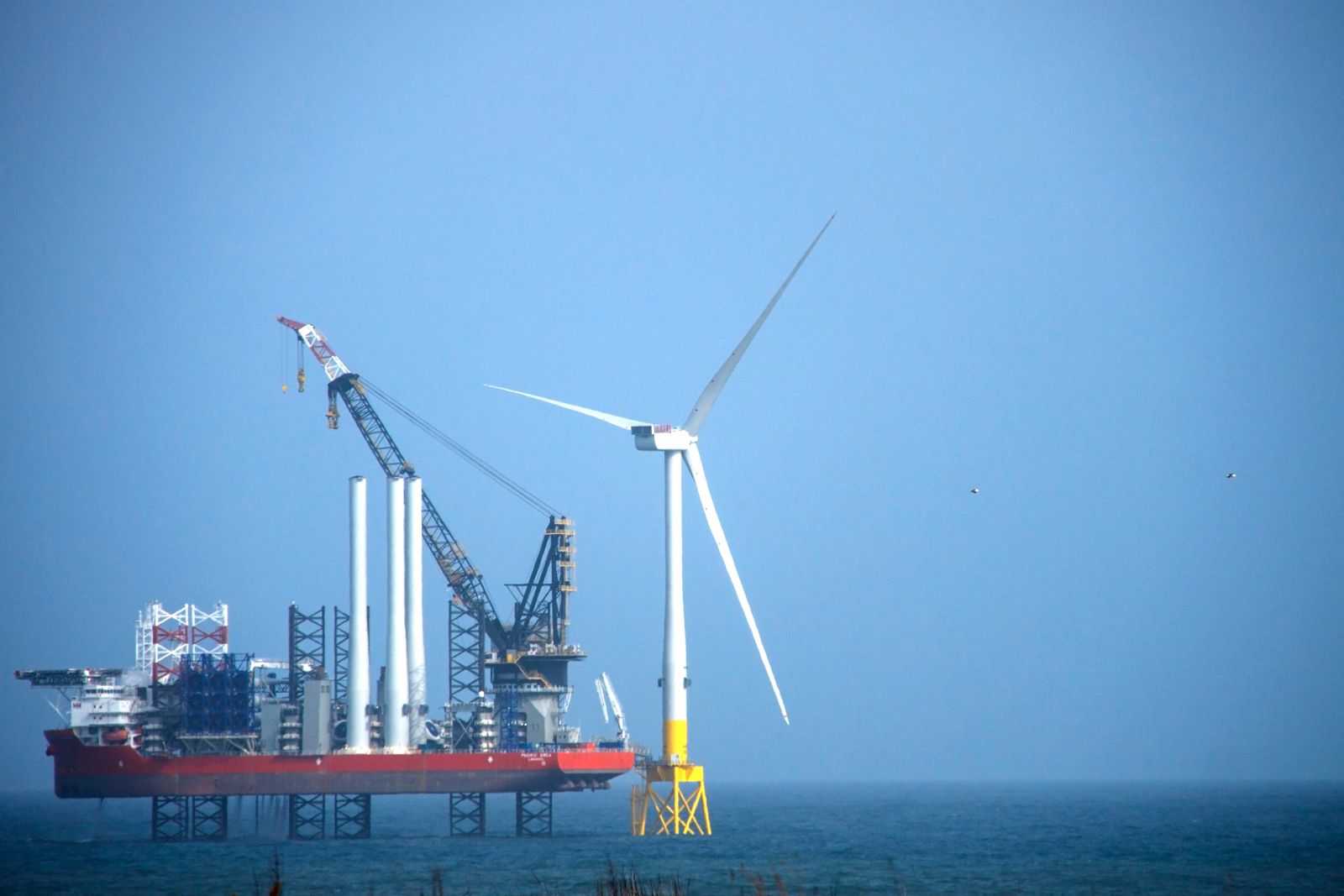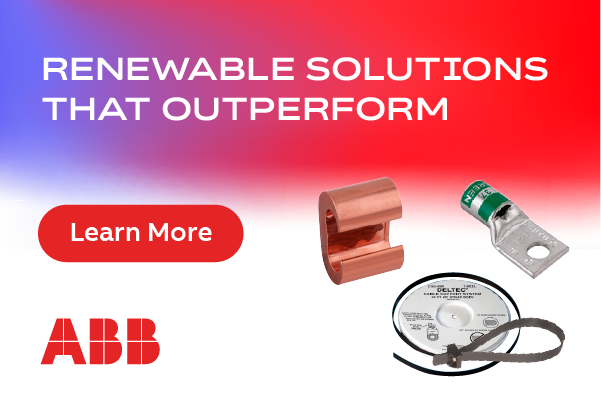Floating Wind in the US: Prospects and Challenges
Offshore wind is still at an early phase of growth in most countries worldwide. In 2020, around 35 GW of offshore wind capacity was installed globally. Most of this installation is in Europe and China (with Europe accounting for almost 70 percent of the total - including 28.9 percent in the UK - and China picking up the slack at 28.3 percent). In terms of installed capacity, fixed bottom projects have the lion's share of global offshore wind projects globally (more than 99 percent). Floating wind projects account for just a fraction, with total installed capacity of only about 73.3 MW as of 2020; most of these are in Europe, including 32 MW capacity in the UK, 25 MW in Portugal, 2.3 MW in Norway, and 2 MW in France. Japan is another major country with 12 MW installed floating wind capacity. Other regions, including North America, have yet to install commercial floating offshore wind capacity on a large scale.

Currently, just one commercial offshore wind energy farm is operational in the US (Block Island Wind Farm off the coast of Rhode Island). Offshore wind energy installed capacity totaled around 42 MW in 2020, compared to 122 GW of onshore wind energy installed capacity. However, the offshore wind segment is expected to record significant growth in the coming years, driven by both government-led initiatives and investments by energy companies.
The US Departments of the Interior and Commerce have given approval for the first utility scale offshore wind project: Vineyard Wind 1, with a total installed capacity of 800 MW. According to the Department of Energy (DOE), offshore wind projects with capacity of more than 35 GW are in different stages of development.
US Floating Wind Industry
Deep water offshore wind projects (floating wind turbines) are at a nascent stage in the US, with no commercial projects at present. Two floating wind turbine projects have been approved - Maine Aqua Ventus I with a capacity of 12 MW, and Mayflower Wind Floating Demonstration with a capacity of 10 MW. Maine Aqua Ventus I will be the first floating wind project to get commissioned by 2023. Five additional sites have been identified as potential locations for floating wind turbines: three in California and two in Hawaii.
To facilitate the establishment and growth of floating wind turbines in the country, the Department of Energy has undertaken an investment of over $100 million on R&D related to floating offshore wind technology.
Technology trends
Many technologies have been developed and designed by companies for the platform of floating wind turbines. These include barges, spar-buoy, semi-spar, semi-submersibles, tension leg platforms (TLP), and multi-turbine/hybrid. Spar-buoy, semi-submersible platforms, and TLP are currently the most commonly used by companies.
Alongside the technological development in platforms, the wind turbine technology is expected to advance significantly, paving the way for the scaling up of floating offshore wind energy in the near future. Improvements in the size of turbines and rotor diameter are expected to drive the offshore wind energy industry. Enhancements and improvements in other components of a floating offshore wind farm, such as wind turbine nacelle, rotor, and balance of plant should further reduce the cost of floating wind.
Driving growth through government initiatives
President Biden's administration has set the target to make the power sector carbon-free by 2035, and achieve net zero emissions by 2050. This will entail implementing several renewable energy projects, including large scale wind and solar. 30 GW of offshore wind capacity is due to be up and running by 2030; the majority as fixed bottom projects, but there will be some floating wind turbines as well.
According to estimates provided by the National Renewable Energy Laboratory (NREL), the total potential of offshore wind in the US is around 8,000 terawatt-hours (TWh) per year; of this, 42 percent could come from fixed bottom wind turbines and the remaining 58 percent from deep water offshore wind turbines (floating).

Higher cost is a key challenge
The average cost of a floating offshore wind turbine is twice that of a fixed bottom offshore wind project. Floating offshore wind platforms constitute more than 30-40 percent of the total CAPEX. However, given the rapid innovation in technology and increase in investments in this sector, costs are likely to come down. As the number of commissioned floating offshore wind farms rises in the coming years, as planned, platform and turbine costs should eventually decrease.
The federal offshore wind projects must get environmental assessment under National Environmental Policy Act (NEPA) and approval from the Bureau of Ocean Energy Management (BOEM), both of which generally lead to delays in project approval.
Opposition by the fishing community poses another major challenge (fishermen believe that floating wind turbines will disrupt the movement of fish, negatively impacting their livelihood).
Tax incentive to encourage investments
Amid the rising adoption of offshore wind energy in the U.S., the Offshore Wind American Manufacturing Act comes as a shot in the arm. It is designed to give a boost to domestic manufacturing. The legislation would provide a 30 percent investment tax credit to qualified facilities that manufacture offshore wind components and subcomponents. It also contains a new production tax credit ranging from 2 to 5 percent per watt. When multiplied by the total rated capacity of the turbine, this will complement the investment tax credit.
US set to become a major player in floating wind
Given the U.S. government's increasing focus on renewable energy, the country's offshore wind installed capacity - including floating wind - is expected to grow significantly. This is critical to meet the renewable energy target. Favorable government policies as well as technological advancements in floating wind platforms and wind turbines should drive the growth of floating wind capacity in the US.
Dhirender Mishra is Senior Manager at Aranca, a research and advisory partner for over 2000 companies, from startups to Fortune 500, private equity, and global financial firms.
Aranca | www.aranca.com
Author: Dhirender Mishra
Volume: 2022 January/February








